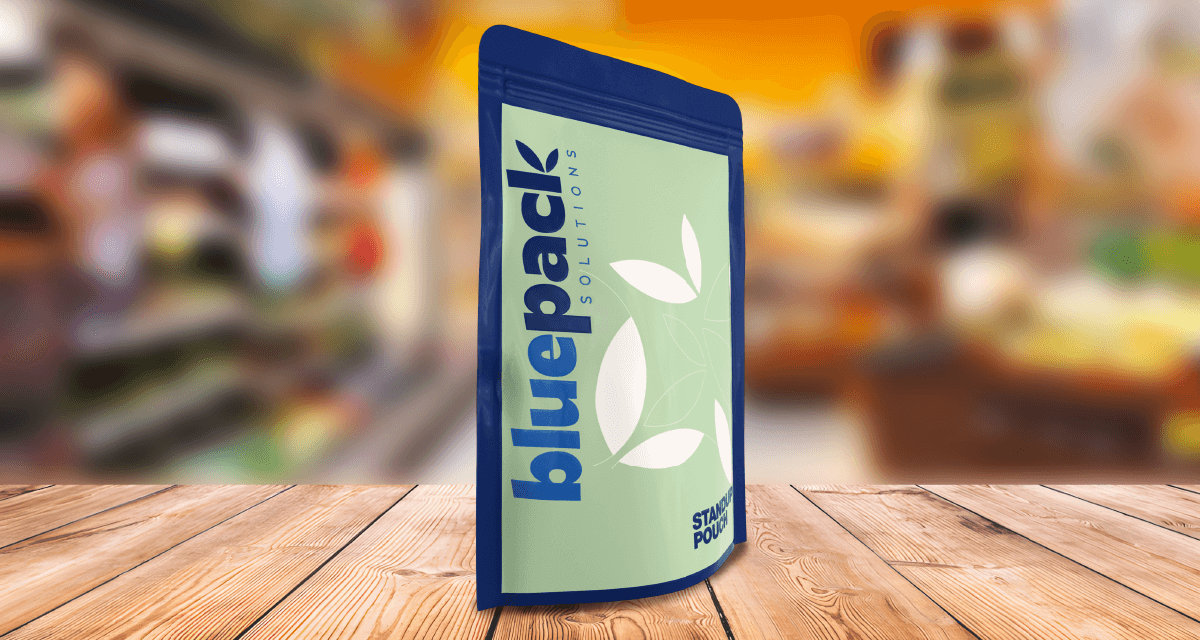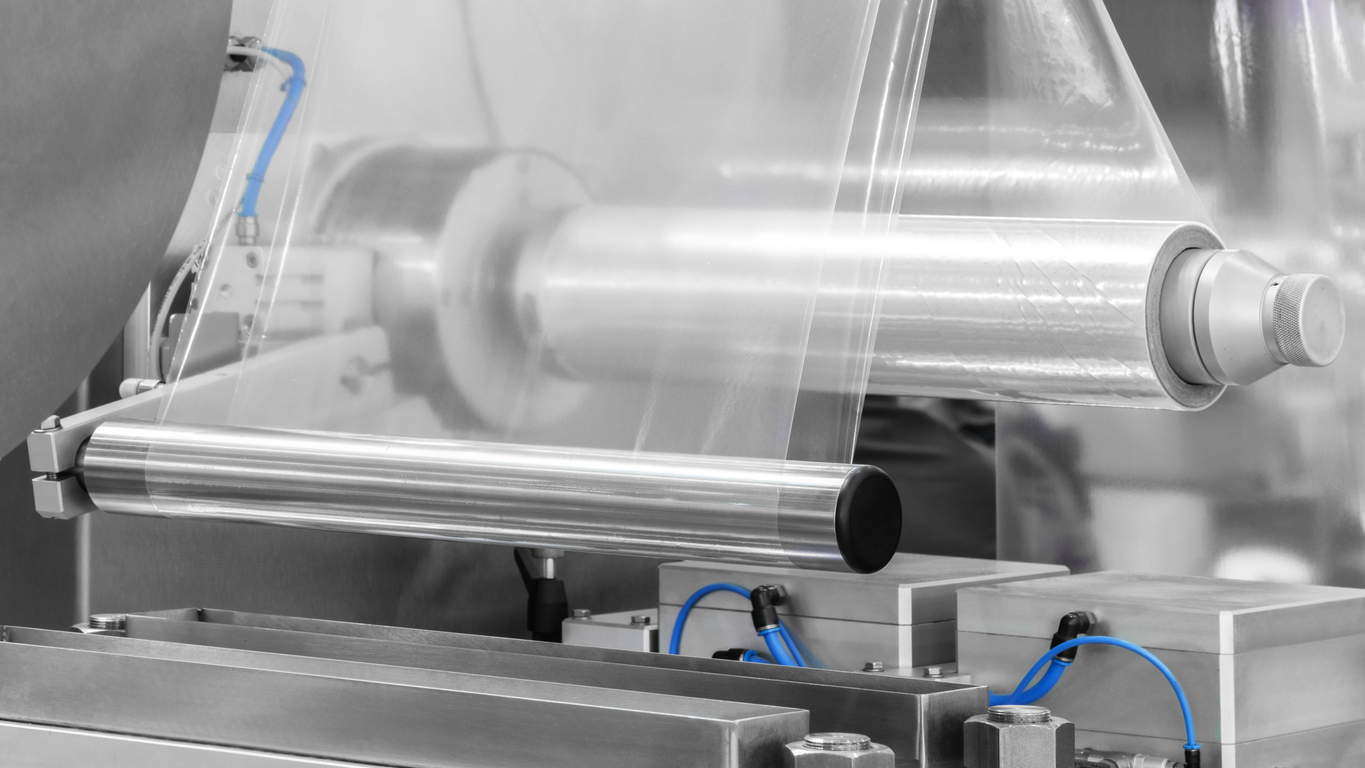Recyclable retortable pouches represent a new generation of flexible packaging…

Flexible Packaging in the Beauty and Personal Care Industry
Flexible packaging is a popular option in the beauty and personal care industry for several reasons.
Materials and Technology in Flexible Packaging
Multilayer Laminates:
- Layer Composition: Flexible packaging is often made up of multiple layers of different materials, each serving a specific function. For example, polyethylene (PE) or polypropylene (PP) provide flexibility and heat resistance; polyester (PET) adds mechanical strength and thermal stability; and aluminum or EVOH act as barriers against gases and moisture.
- Coextrusion and Lamination Technology: Coextrusion enables the creation of a multilayer film in a single step, while lamination joins pre-formed individual layers using adhesives. These technologies are essential for optimizing packaging properties in terms of barrier performance, mechanical strength, and aesthetics.
Barrier Properties:
- Gas and Water Vapor Transmission: Barrier properties are critical to preserving the chemical and physical stability of sensitive products such as creams, lotions, and makeup. Materials with low oxygen transmission rate (OTR) and water vapor transmission rate (WVTR)—such as aluminum and EVOH—are commonly used.
- UV Light Protection: The use of additives and metallized films helps protect light-sensitive products from degradation caused by UV exposure.
Sealing:
- Sealing Techniques: Seal integrity is crucial to prevent leaks and contamination. Technologies like heat sealing and ultrasonic sealing create airtight closures across a wide range of packaging configurations.
- Viscosity Control in Dispensing Nozzles: For viscous products like creams and gels, dispensing nozzles are designed to control flow, prevent clogging, and ensure accurate dosing.
Sustainability and Circular Economy:
- Biodegradable and Compostable Materials: The industry is moving toward biopolymers like PLA (polylactic acid) and PHA (polyhydroxyalkanoates), which offer biodegradability. These materials require careful compatibility analysis due to differences in barrier behavior and thermal stability compared to conventional polymers.
- Recyclability: There is active development of monomaterial packaging to improve recyclability. This includes films made from high-density polyethylene (HDPE) or polypropylene (PP) that can be processed in existing recycling streams.
Technical and Economic Advantages of Flexible Packaging
Supply Chain Optimization:
- Lower Transport and Storage Costs: Due to its lighter weight and smaller volume, flexible packaging significantly reduces logistical costs. This translates to lower transportation expenses and improved storage efficiency—both in production facilities and at the point of sale.
Production Efficiency:
- High-Speed Production: Filling and sealing machines for flexible packaging are designed for high-speed operation, allowing large production volumes with minimal downtime.
- Adaptability to Different Formulations: Flexible packaging accommodates a wide variety of formulations—from liquids to semi-solids—thanks to its ability to be customized to viscosity requirements.
Impact on Consumer Experience:
- Innovation in Ergonomics and Usability: Advances in design and materials allow the creation of packaging that not only protects the product but also enhances user experience, with features like resealable closures, precision nozzles, and easy-open formats.
- Brand Perception and Added Value: Flexible packaging allows brands to stand out in the market through high-quality graphics, special finishes, and technologies like digital or holographic printing.
Challenges and Future Trends
- Chemical Compatibility: Ensuring that packaging materials do not react with the active ingredients in beauty products is a critical challenge. This requires careful material selection and long-term compatibility testing.
- Sustainability Innovation: Regulatory pressures and consumer demands are driving innovation toward more sustainable solutions. This includes the development of recyclable, biodegradable, and compostable materials, as well as improvements in global recycling infrastructure.
- Smart Packaging Technology: The industry is exploring smart packaging innovations, such as embedded sensors that monitor product freshness or RFID-enabled labels for traceability and anti-counterfeiting measures.
This information provides a detailed overview of the complexities and opportunities of flexible packaging in the beauty and personal care industry, highlighting both the technical advantages and the key challenges the sector faces.



